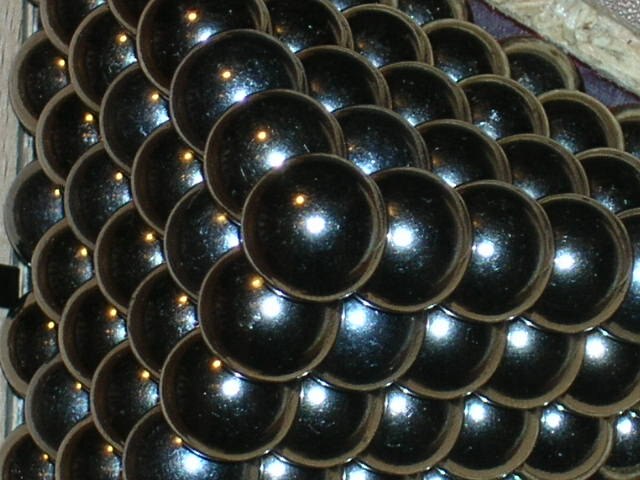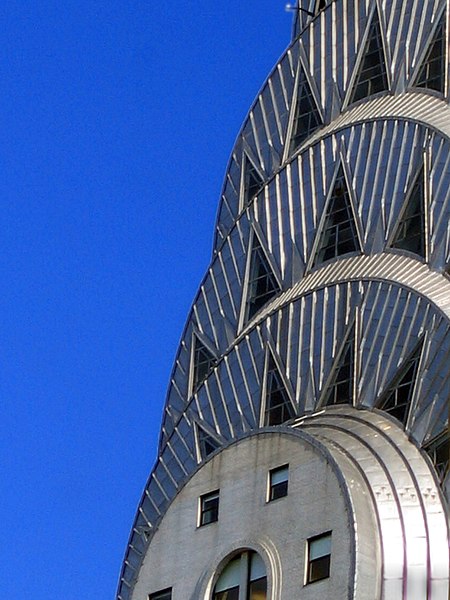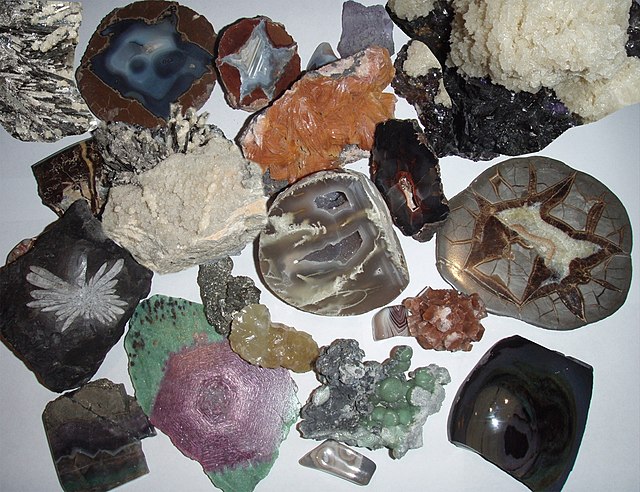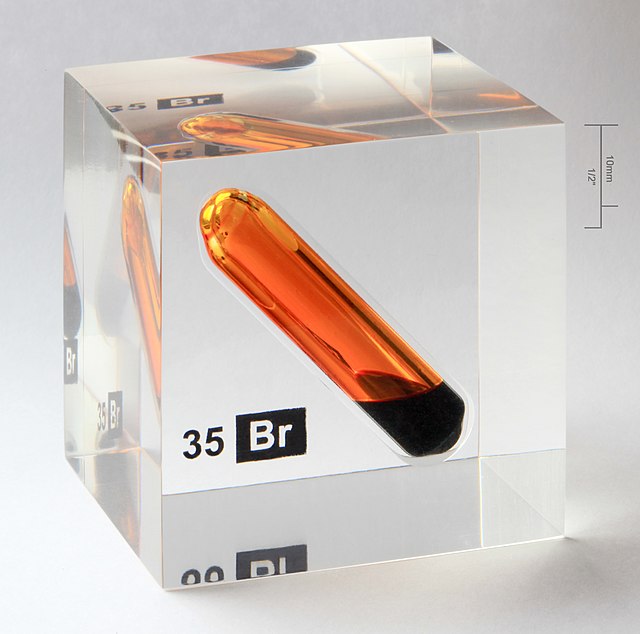Solid is one of the four fundamental states of matter along with liquid, gas, and plasma. The molecules in a solid are closely packed together and contain the least amount of kinetic energy. A solid is characterized by structural rigidity and resistance to a force applied to the surface. Unlike a liquid, a solid object does not flow to take on the shape of its container, nor does it expand to fill the entire available volume like a gas. The atoms in a solid are bound to each other, either in a regular geometric lattice, or irregularly. Solids cannot be compressed with little pressure whereas gases can be compressed with little pressure because the molecules in a gas are loosely packed.
Single crystalline form of solid insulin.
Model of closely packed atoms within a crystalline solid
The pinnacle of New York's Chrysler Building, the world's tallest steel-supported brick building, is clad with stainless steel.
A collection of various minerals.
In physics, a state of matter is one of the distinct forms in which matter can exist. Four states of matter are observable in everyday life: solid, liquid, gas, and plasma. Many intermediate states are known to exist, such as liquid crystal, and some states only exist under extreme conditions, such as Bose–Einstein condensates and Fermionic condensates, neutron-degenerate matter, and quark–gluon plasma. For a list of exotic states of matter, see the article List of states of matter.
Bromine in both liquid and gas state, encased inside acrylic in solid state
Helium's orange glow in its plasma state
Artificial plasma produced in air by a Jacob's Ladder. The extremely strong potential difference between the two rods ionize particles in the air, creating a plasma.
SBS block copolymer in TEM








